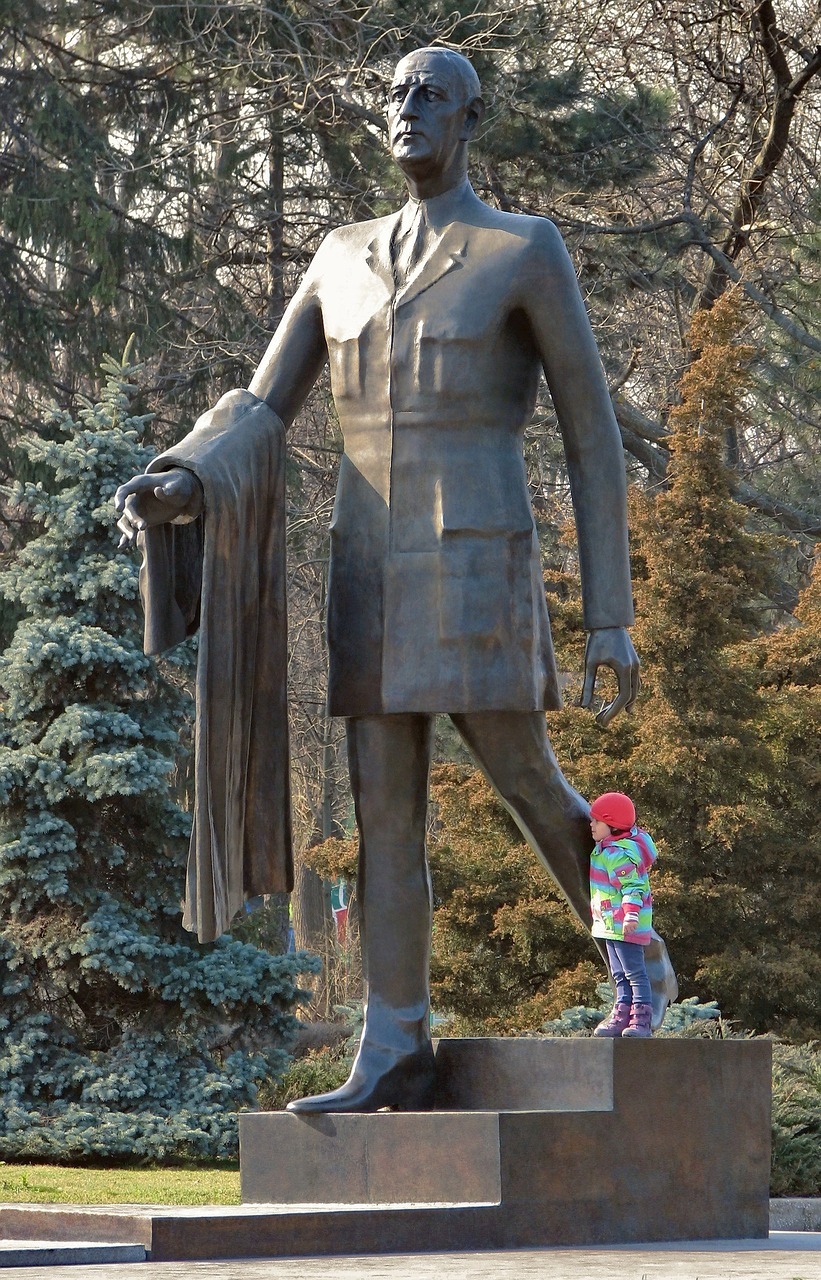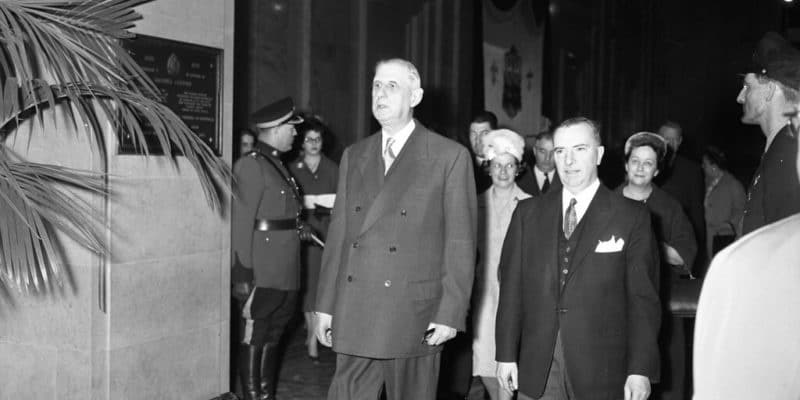Charles de Gaulle, an emblematic figure in French history, spent much of his childhood and youth in the north of France, particularly in the Arras region. The town held a special place in the general’s life, where he developed his love of France and his passion for his country’s history and culture. De Gaulle maintained a close link with the town of Arras throughout his life, returning on several occasions, and maintaining strong relations with the local population. In this article, we take a closer look at Charles de Gaulle’s relationship with the town of Arras, and his special bond with northern France.
A little background on Charles de Gaulle
Charles de Gaulle (1890-1970) was a French politician, soldier and writer born in Lille. He is best known for his role during the Second World War, when he led Free France, a resistance movement against the German occupation of France. As leader of Free France, he worked to rally the forces of the French resistance and convince the Allies to recognize his movement as the legitimate government of France. After the war, de Gaulle became the first president of France’s Fifth Republic, a new political system he created to strengthen the president’s executive power. Under his leadership, France underwent an economic and cultural revival, with major social reforms such as social security and agricultural modernization. De Gaulle was also a prolific writer, and published several books on history, politics and military strategy, including his famous “Mémoires de guerre”. He is considered one of the greatest French leaders of all time, and is widely respected for his vision and leadership in the most difficult moments of French history.
De Gaulle and Arras
Charles de Gaulle first came to Arras in 1909. It was here that he completed his military service with the 33rd Infantry Regiment as a young man from Lille. After his military service, he entered the École spéciale militaire de Saint-Cyr, from which he graduated in 1912, shortly before his enlistment in the First World War. At the age of 22, he was ready to take up his duties as an officer in the field.

Statue of Charles De Gaulle
Lieutenant, captain and general in the region
Charles de Gaulle was deeply attached to the northern lands and values of his region, a feeling that would endure throughout his life. As a child, he attended the Jesuit Collège du Sacré-Cœur in Antoing, Belgium, near Tournai.
After graduating from the École spéciale militaire de Saint-Cyr in 1912, he chose, as mentioned above, to serve two terms in the 33rd infantry regiment in Arras. He had a deep respect for these men, accepting them as they were in his life and in his heart. Even one of his childhood friends, Lucien Nachin, wrote of de Gaulle’s admiration for this group : “He loved these rough miners, these patient peasants, their coarse positions and their colorful dialects.” De Gaulle clearly saw something special in the people of his homeland, who accompanied him wherever he went. Charles de Gaulle’s military years in Arras were a key period in his life. During the Great War, he lived between two barracks: the Schramm and the Lévis.
His courage was demonstrated in Dinant, Belgium, when he was wounded on August 15, 1914, at the dawn of a life dedicated to freedom. His bravery is commemorated by a plaque near the bridge over the Meuse. What’s more, not far from where De Gaulle took refuge after being shot down, stands a 2.5-metre-high statue of him. Unfortunately, he was wounded twice more, left for dead and taken prisoner at Douaumont on March 2, 1916. This period undoubtedly contributed to De Gaulle’s later success as France’s leader. An archive u General De Gaulle in the north :
The Second World War and the mining episode
When the Second World War broke out, Colonel Charles de Gaulle was at the head of his tank corps in Picardy, and distinguished himself in a rare counter-attack when he and his forces managed to stop the German army on May 17, 1940. He had advocated motorization of the French army even before the war, but unfortunately it came too late to make a difference in the Battle of Dunkirk. His command center was set up at the Château de Huppy, and he became one of the most emblematic figures of June 18, 1940, going down in history for his valiant efforts and his speech, which has remained in the history books. Much later, on September 25, 1959, a moment is forever etched in history. General Charles de Gaulle led the way, descending to the bottom of shaft 6 at the Bruay mines in Haillicourt, wearing his trademark white helmet. Just over fifteen years earlier, De Gaulle had joined the same miners in a call to arms, launching the “battle for coal” to find enough to rebuild France after the Second World War. The difficult and dangerous work undertaken by him and his compatriots during this period was crucial in enabling France to rebuild after devastation and deprivation. Even today, he is remembered as an example that, even in times of great difficulty, progress can be made.
R.C.
